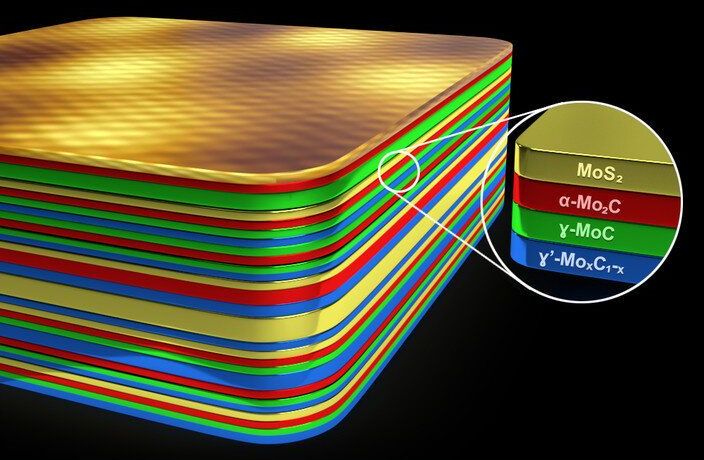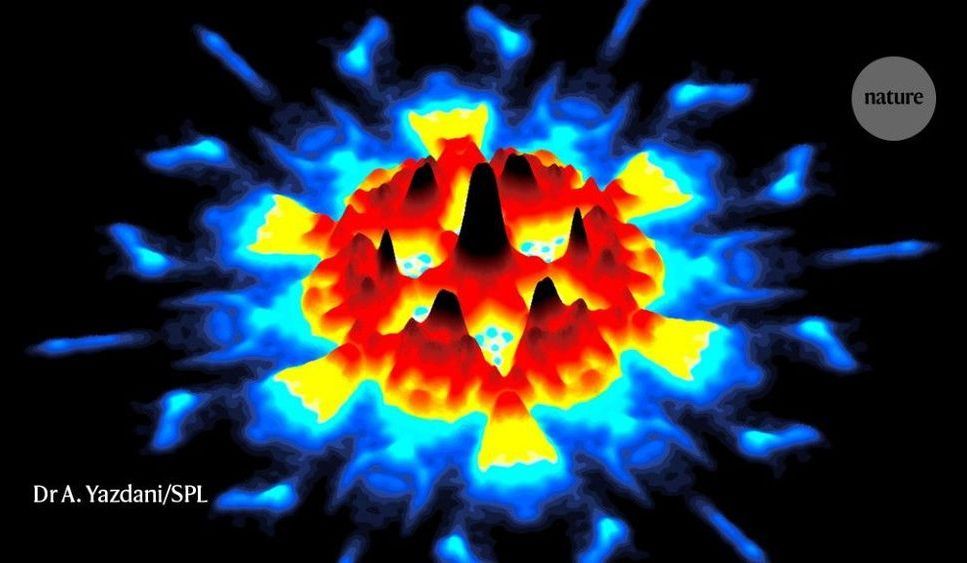Jul 29, 2020
Brain Computer Interfaces Developed by DARPA, US Department of Defense
Posted by Mike Diverde in categories: biotech/medical, cyborgs, military, neuroscience, robotics/AI
If you are interested in brain computer interfaces (BCI), then you need to listen to this very exciting podcast!
I have only been aware of this DARPA NNN (Next-generation Non-surgical Neurotechnology) program since mid-March, and it is my number one topic of interest. I am interested in it because I have a plan for mind uploading to extend my life indefinitely — otherwise known as superlongevity in our group — but I have no interest in allowing anyone to drill holes in my head! DARPA is looking at ways for non-invasive methods of connecting the thoughts in our brains to computers. Over time, this could be a method to capture the thoughts and memories and emotions within my mind and transfer them into a computer substrate. And, to be clear, this mind upload will, in fact, be me.
Continue reading “Brain Computer Interfaces Developed by DARPA, US Department of Defense” »


















